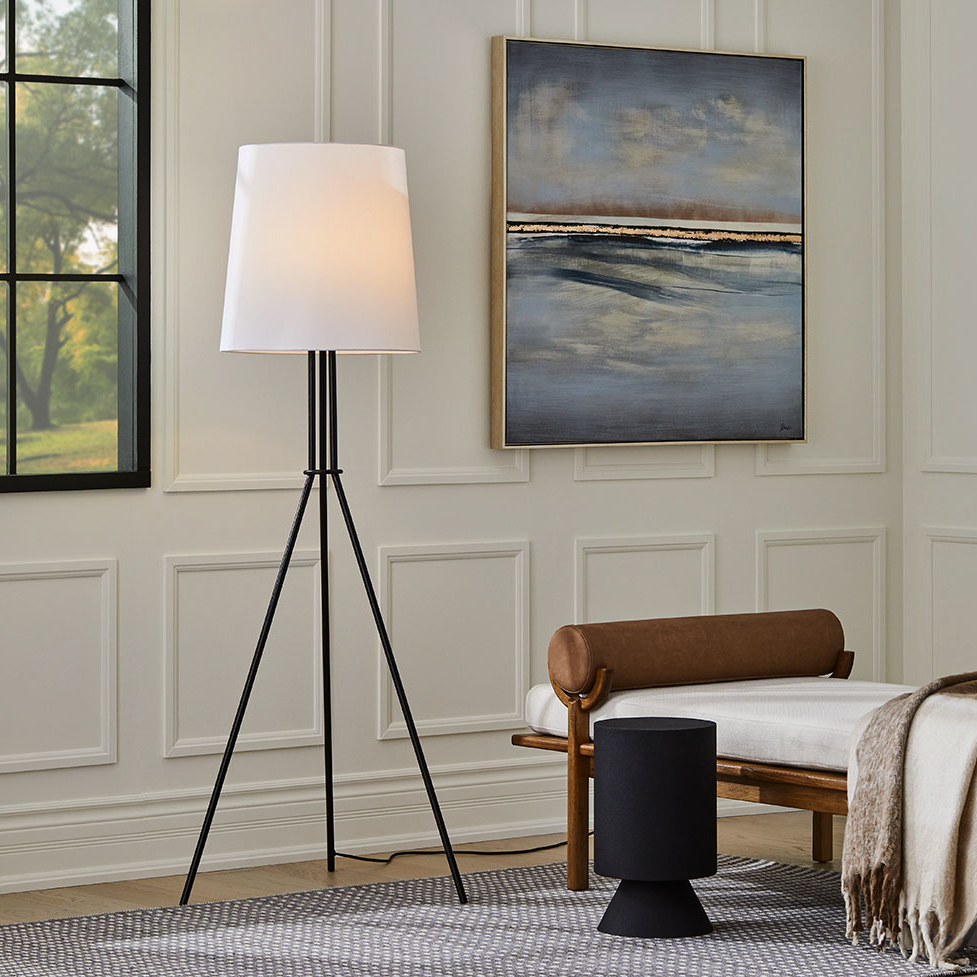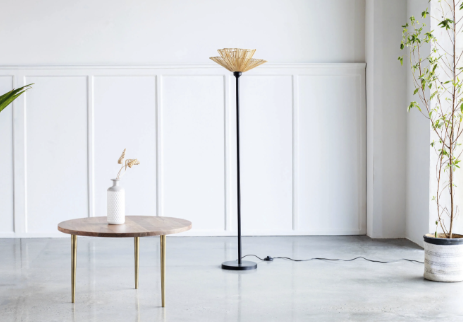Introduction
Wabi sabi is a Japanese aesthetic principle that values simplicity, humility, and the beauty of imperfection. It embraces the natural cycles of growth, decay, and death, and finds beauty in the flaws and imperfections that make objects unique. Dark wabi sabi takes this concept a step further, by incorporating the element of shadow into the design. This creates a sense of depth and mystery, making the object even more fascinating and alluring. In this article, we will explore the concept of dark wabi sabi in aesthetic design and how it can be used to create truly unique and captivating works of art.
The Principles of Dark Wabi Sabi
Dark wabi sabi is founded on three core principles: imperfection, simplicity, and shadow. Imperfection is at the core of the wabi sabi philosophy. It is the recognition that perfection is an illusion, and that everything has its own unique beauty, as long as we are willing to see it. Simplicity is the desire for an uncluttered design that allows the object itself to shine, unencumbered by unnecessary details. Finally, shadow is the element that gives dark wabi sabi its distinctive character. The use of shadow creates depth and contrast, bringing out the unique textures and imperfections of the design.
Imperfection
Imperfection is the most fundamental principle of wabi sabi. It is the recognition that everything is in a state of constant change, and that nothing is ever truly perfect. This can be seen in the natural cycles of growth, decay, and renewal that are present in all living things. In wabi sabi, the marks of time and natural wear and tear are appreciated as signs of character and personality. It is these imperfections that make each object unique and special, and allow us to appreciate the beauty of the world around us.
Simplicity
Simplicity is an important element of wabi sabi design. It is the desire for an uncluttered aesthetic that allows the object itself to shine. This means that wabi sabi objects are often minimalist in design, and use only the most necessary elements. By stripping away the unnecessary details, the natural beauty of the object is able to shine through.
Shadow
Shadow is the element that sets dark wabi sabi apart from traditional wabi sabi design. It is the key to creating depth and contrast, and is the cornerstone of the dark wabi sabi aesthetic. By using light and shadow to highlight the imperfections and textures of an object, the designer is able to create a work of art that is both beautiful and enigmatic.
Examples of Dark Wabi Sabi Design
There are many examples of dark wabi sabi design in the world of art and design. One of the most famous examples is the work of the Japanese artist, Isamu Noguchi. Noguchi’s sculptures are characterized by their simplicity and naturalism, and often incorporate elements of light and shadow to create a sense of depth and mystery.
Another example of dark wabi sabi design can be seen in the work of the Japanese architect, Tadao Ando. Ando’s use of materials such as concrete and steel creates a sense of roughness and texture that is both beautiful and powerful. By incorporating elements such as light and water, he is able to create a sense of depth and contrast that is truly remarkable.




